
It’s pretty difficult not to get hungry on a flight, unless you’re flying extremely early in the morning and the only thing you are interested in is getting some sleep. Eating on a plane is fine, but there are actually certain food and drinks that you should avoid consuming while flying.
Below you’ll find 10 such items:
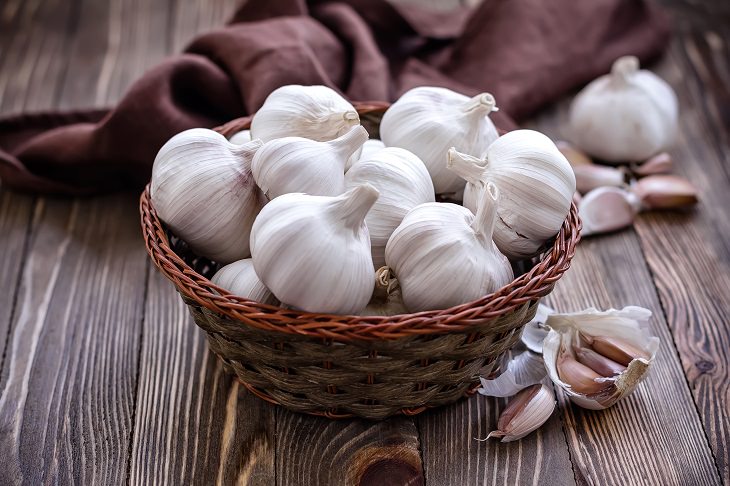
The compound allyl methyl disulfide, one of the culprits of garlic or onion breath, can take up to 24 hours to be removed from your body. Thankfully, there is a pretty easy fix. Eating foods such as raw apples or mint leaves can help deodorize your breath after you have eaten garlic or onions.
2. Alcohol
For those of you who fear flying, drinking some alcohol might seem like a great way to calm down, but you need to think twice. Flying by itself is already a dehydrating experience. Furthermore, sitting on a cramped plane for more than four hours already increases the chances of blood clots in high-risk people, and dehydration from drinking too much alcohol adds yet another layer of risk.
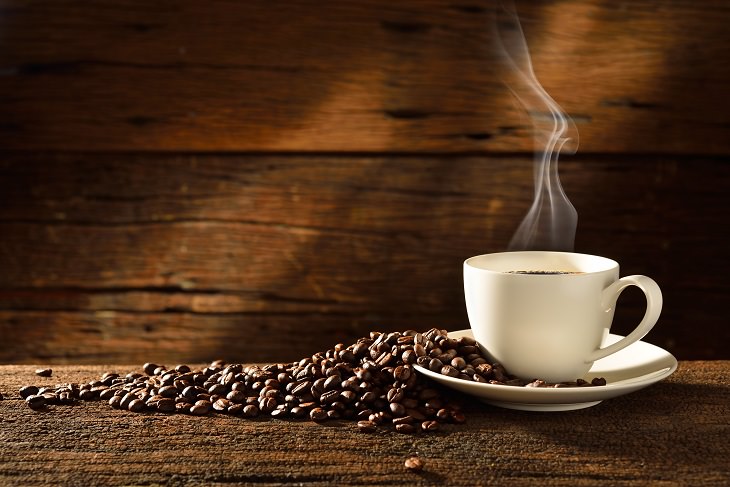
Grabbing yourself a cup of coffee on the way to the gate is a common habit, but that cup contains about 410 milligrams of caffeine. Two hours into the flight, you’ll have already have annoyed your flight neighbors with several trips to the bathroom and restlessness. A 2017 study found that 6 milligrams of caffeine per kilogram of body weight can act as a diuretic, leading to sodium, potassium, and fluid loss. This could result in muscle cramps and headaches.
4. Dark Chocolate
When we think about caffeine we usually think about coffee, but dark chocolate can pack a big caffeine punch. For example, a 3.5-ounce bar of 85% cacao has about 80 milligrams of caffeine alone, and chocolate covered espresso beans contain as much as 336 milligrams per serving.
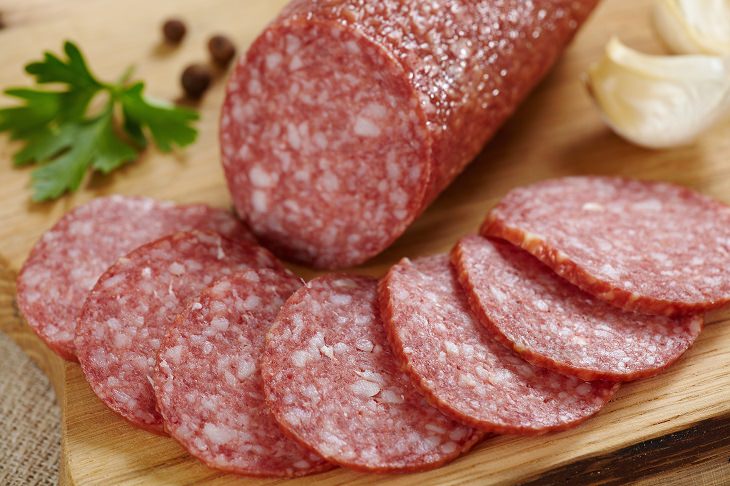
That salami sandwich that you grabbed while waiting at the airport might just come back to haunt you when you’re in the air. Salami is a high-histamine food, so eating it can aggravate nasal allergies or sinusitis, making lift-off and landing a congestive nightmare. Next time, buy a turkey sandwich instead.
6. Tap Water
Sure, airlines give out H2O in bottles, but their coffee and tea are made using tap water – and you might just want to wait on those until you land. The Aircraft Drinking Water Rule of 2009 requires airlines to inspect their water systems for E. Coli at least every five years, which leaves a lot of time for error. Sure enough, a study carried out in 2015 found that the water on the two planes it tested contained bacteria known to cause diseases. Carry your own water bottle and fill it at a water fountain after you have gone past security.
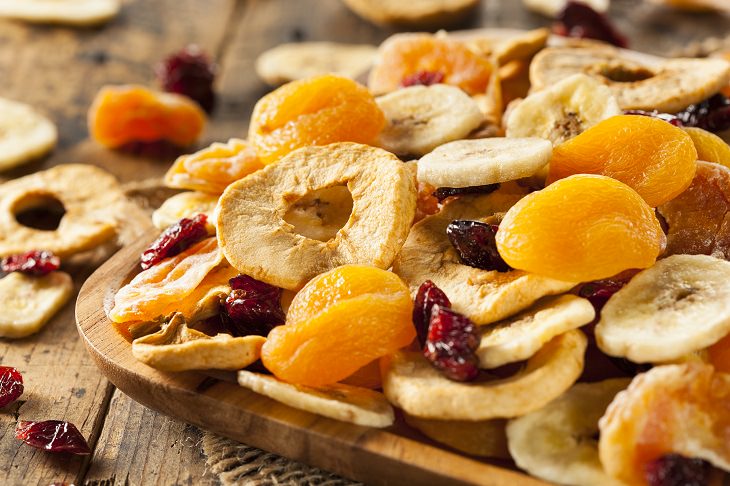
That bag of dried apricots might seem enticing if no meal is included on the flight, but you might live to regret it if you have been recently diagnosed with asthma and aren’t particularly familiar with its triggers. Dried fruits can contain sulfites, which could promote an attack. Furthermore, lower oxygen levels might worsen breathing issues.
8. Nuts and Nut Butter
Peanuts are a tasty snack, but you’ll be going hungry if the flight attendant announces that someone on the flight has a severe nut allergy. Since the plane recycles a percentage of the cabin air, opening up a bag of nuts could expose the allergic person to potentially deadly particles.
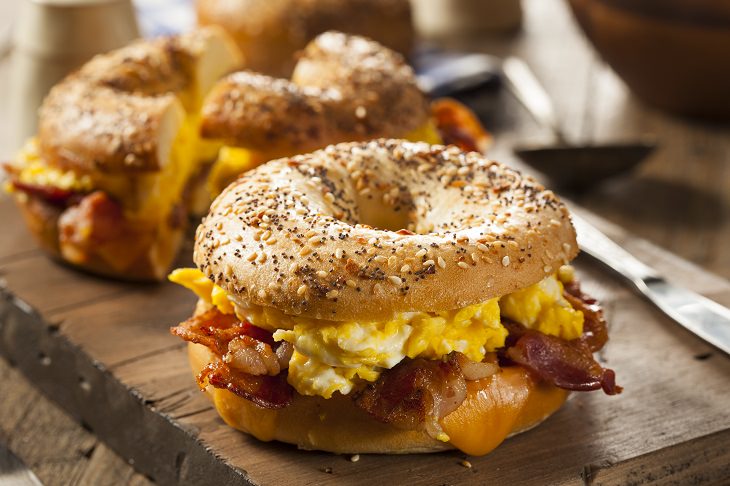
Hit the brakes on the fast-food breakfast sandwich. At 1,989 milligrams, one sandwich happens to be 86% of the recommended daily 2,300 milligrams of sodium. All that sodium can boost blood pressure, which is more concerning when you consider the fact that the flight’s low oxygen already puts additional strain on your heart.
10. Carbonated Beverages
Lower oxygen levels can make flying extra trying for those with lung disorders. A study found that 18% of passengers with lung disease had at least mild respiratory distress when flying. To make matters worse, gas expansion at high altitudes can increase the pressure on your lungs. Therefore, it’s recommended that carbonated beverages are avoided when flying.
Source: rd
Images: depositphotos
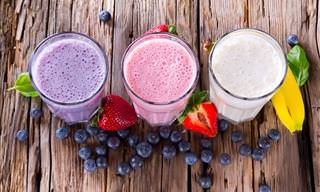
Add These Tasty Protein Shakes to Your Daily Routine!
Here are 27 delicious and nutritious protein shake recipes that you can add to your daily routine.
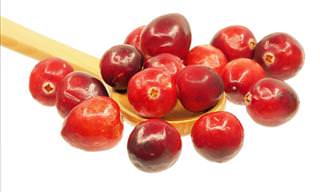
20 Reasons Why Cranberries Really Are Super Fruits!
Cranberries can be found growing on evergreen dwarf shrubs along tropical rainforest areas in Northern America. Cranberries are nature's gift to our bodies. Here are 20 great uses for them!

How to Keep Your Mind a Little Sharper at Any Age
Everyone has a tendency to be a little forgetful. Here are 7 exercises that will help keep your mind sharp at any age.
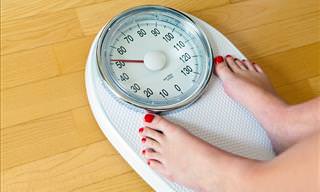
Using These Strategies to Lose Weight Is Dangerous!
In this article you’ll find seven dangerous strategies that you should avoid at all costs when trying to lose weight.
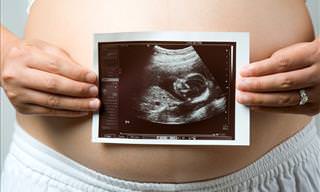
12 Foods Every Pregnant Woman Should Add to Her Diet!
Women who have poor diets while pregnant are more likely to give birth prematurely than women who eat healthily. Here are 12 foods to eat if you're pregnant.

10 Simple Ways to Significantly Reduce Your Carb Intake
Are you looking to lose some weight? Here are ten ways that you can significantly reduce your carb intake!

A Simple Blood Test Could Detect Alzheimer Years Earlier
A few years ago, researchers have discovered a gene that could revolutionize how we diagnose Alzheimer's disease - and they found it by asking a simple question: Why do some people's brains succumb to the disease while others don't?
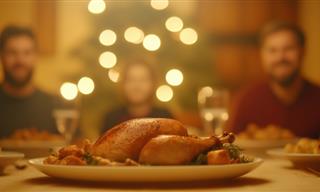
Four Great Tips for Hosting Guests With Food Allergies
The holiday season is a time for friends, family, and loved ones to come together under one roof and share meals. With so many gatherings during this festive period, there's a good chance you'll be hosting someone with food allergies at your table.
 15:47
15:47
41 Life-Saving Hacks to Protect Your Home and Belongings
Here are 41 clever safety hacks to help you protect your valuables and create smart hiding spots at home.
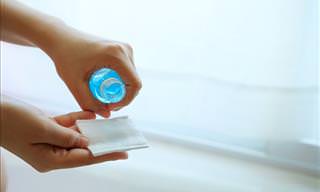
8 Terrific Additional Uses For Rubbing Alcohol!
Unsure about what you're meant to use rubbing alcohol for? Wonder no longer, as we've listed 8 brilliant uses of rubbing alcohol in this article.

Boost Your Happiness in These 22 Small, Easy Ways
Do these little things every day, to make you feel happy.
 3:16
3:16
10 Uses for Vinegar That Even Surprised Us!
Vinegar can do many magical things! Here are 10 extremely useful things that it can be used for at home.
 16:47
16:47
These Gentle Dog Breeds Are Perfect for Older Adults
Here are 10 dog breeds that are ideal for seniors.

5 Essential Training Skills You Must Teach Your Dog!
Dog training is a lifelong process, but some skills are more important than others. Here are the most important dog training skills.
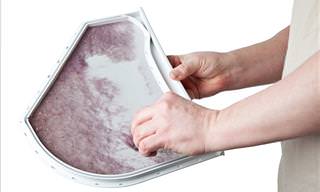
Warning: Are You Overlooking These 10 Home Risks?
Home is where the heart is, but it’s also where a load of potential dangers lurk as well. Here are ten of them!
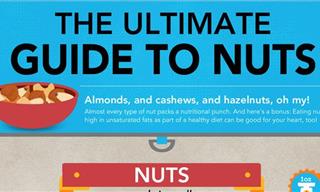
The Ultimate Guide to All Things Nuts
hether you're a snacker, a cook, or just curious, you'll find plenty of reasons to make these versatile treats a staple in your pantry.
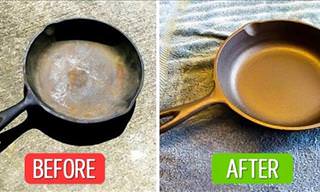
11 Superb Solutions to Turn an Old Looking Item into New
With these secrets, your old-looking items will look brand new once again!

How These People Beat Insomnia: 9 Enlightening Stories
9 excellent and proven methods for dealing with insomnia, which are recommended by people.
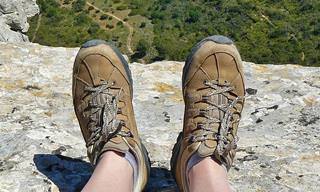 3:00
3:00
You've Been Tying Shoelaces Incorrectly Your Whole Life!
Although you're led to believe that you know how to tie your shoelaces perfectly well, You actually don't. Watch this TED Talk to see why.
 4:11
4:11
Say Goodbye to Marble Stains - Cleaning Hacks That Work!
Say goodbye to those stubborn marble stains with these useful cleaning hacks.
 11:37
11:37
How to Grow Store-Bought Ginger at Home in a Pot
It turns out that it's quite easy to turn one ginger root you bought at the store into a never-ending supply of ginger goodness! Learn how to do it here

11 CLEVER Ways to Repurpose Your Old Toothbrush
Have an old toothbrush lying around the house? Don’t toss it away yet!
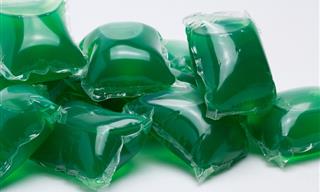
10 Home Items That Become Health Risks When NOT Used Right
These 10 ordinary household items can pose serious health risks, especiallly if you don't use them correctly.

How to Remove Candle Wax From Any Surface
Stubborn wax drips on clothes, carpets, and wood that can seem like a cleaning nightmare—but they don't have to be.

Wearing a Face Mask Irritates Your Skin? 10 Essential Tips
In this article, we’ve collected 10 essential tips that will soothe and protect your skin from mask-related irritation and breakouts...
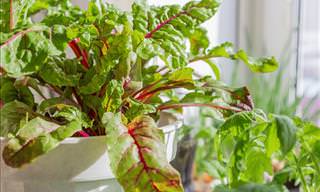
Learn How to Grow Your Favorite Fruit and Veggies Indoors
All these plants are delicious, packed full of healthy nutrients and easy-to-grow even if you don’t have a yard or garden

If You’re Taking Apple Cider Vinegar, You Must Know This
There is a right and wrong way to take apple cider vinegar, and doing so incorrectly may not just be ineffective, it could be harmful to your health.

Keep Your Shoes in Top Shape with These Tips and Tricks
Learn how to always keep your shoes in top shape, no matter their age or fabric. I guarantee, it will save you a lot of money because you won’t have to buy new shoes so often anymore.

Laundry Detergent Is SO Versatile: 8 Genius Home Uses
Laundry soap, both liquid and powder, has a great number of unexpected uses, from dissolving grease stains to cleaning upholstery & even getting rid of weeds!
 11:20
11:20
The Ultimate Food Hack Tips!
10 minutes of terrific food tips, all in one great video.

6 Homemade Shampoos For Various Hair Types and Conditions
Anyone who isn’t happy with their current shampoo can try making homemade shampoo. This article offers 6 recipes and tips for making DIY shampoo.
 6:36
6:36
Science Says This Is the Right Way to Pack a Suitcase!
Science says this is the best way to pack your bags for travel.
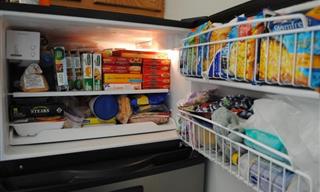
9 Uses for Your Freezer Besides Keeping Food Frozen
These 10 clever freezer hacks will save you precious time and allow you to make the most efficient use of it.
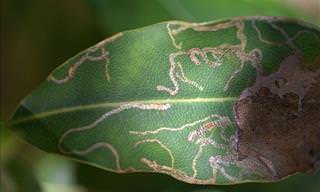
Natural Leaf Miner Pesticide that Won’t Kill Your Plants
Leaf miners are several species of insects that feed inside leaves in their larval stage and can be hard to get rid of...

Look At the Eyes: How to Tell When People Are Lying
According to NLP, one can know whether a person is lying or not only through the eyes. Learn how to do this with the help of this guide ...
 19:40
19:40
This DIY Wardrobe is Simply Exquisite!
Watch this video to learn how to build yourself a magical wardrobe using just recycled timber.

The Secret to a Happy Marriage is Knowing These Tips!
Whether you're a newlywed or have been married for years, here are ten awesome marriage tips that will help you and your loved one enjoy wedded bliss!

10 Ways to Beat a Car Dealer and Save Yourself Some Money!
Are you considering buying yourself a new car. If so, knowing these simple tricks could end up saving you a considerable sum of money.
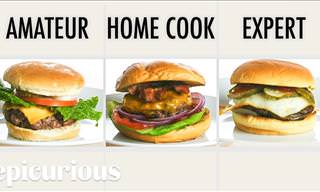 14:52
14:52
Here Is the Secret For Making the Perfect Hamburger
This video is for those of you who are hamburger enthusiasts and want to learn everything there is to know about making a savory burger.

Green Noise: A New Sound for a Better Night’s Sleep
You’ve likely heard of white noise, but have you tried green noise?
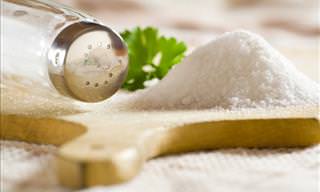
6 Home Ingredients You Can Use to Clean Your Carpet
Got a carpet stain? Forget the dry-cleaners, try one of these methods instead.
 20:21
20:21
I Wish I'd Known About These Great Life Hacks Sooner
Whether you want to make your own musical instruments or learn how to take your clay modeling skills to the next level, this video has it all!
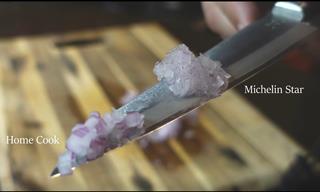 2:17
2:17
How to Chop Onion Like a Michelin Star Chef
Top 3 ways to chop an onion, including the Michelin star method.

Save Money on Pet Care with These Surprisingly Simple Tips
There are some simple ways to save on pet-related expenses without compromising your pet's health. Read on to find out how.

Increase Your Home's Value with These Genius Tricks
Thinking of selling your home? Here's how to increase it's value.

Make 5 Fabric Softeners with Ingredients You Have at Home!
This guide will help you make your own money-saving fabric softener that smells just the way you want it to!

These 8 Pressure Points Are Ideal For Self Defense
This list of pressure points can be used to help you escape from any potential aggressors.

Retirement Planning: The 7 Biggest Mistakes People Make
Are you guilty of making these 7 deadly mistakes in your retirement financial plan? Here are seven offenses on how to get back on track.

9 Skincare Treatments My Granny Taught Me
it's time to discover what these 9 special beauty products contain.
To enable your Ad-Free Subscription, please fill the fields below
Your subscription was successful, now you can enjoy an ad-free experience!! Note: To make sure you get no ads, please make sure to log in to your account. If you are logged in already, then refresh the page. The subscription can be cancelled at any time.


